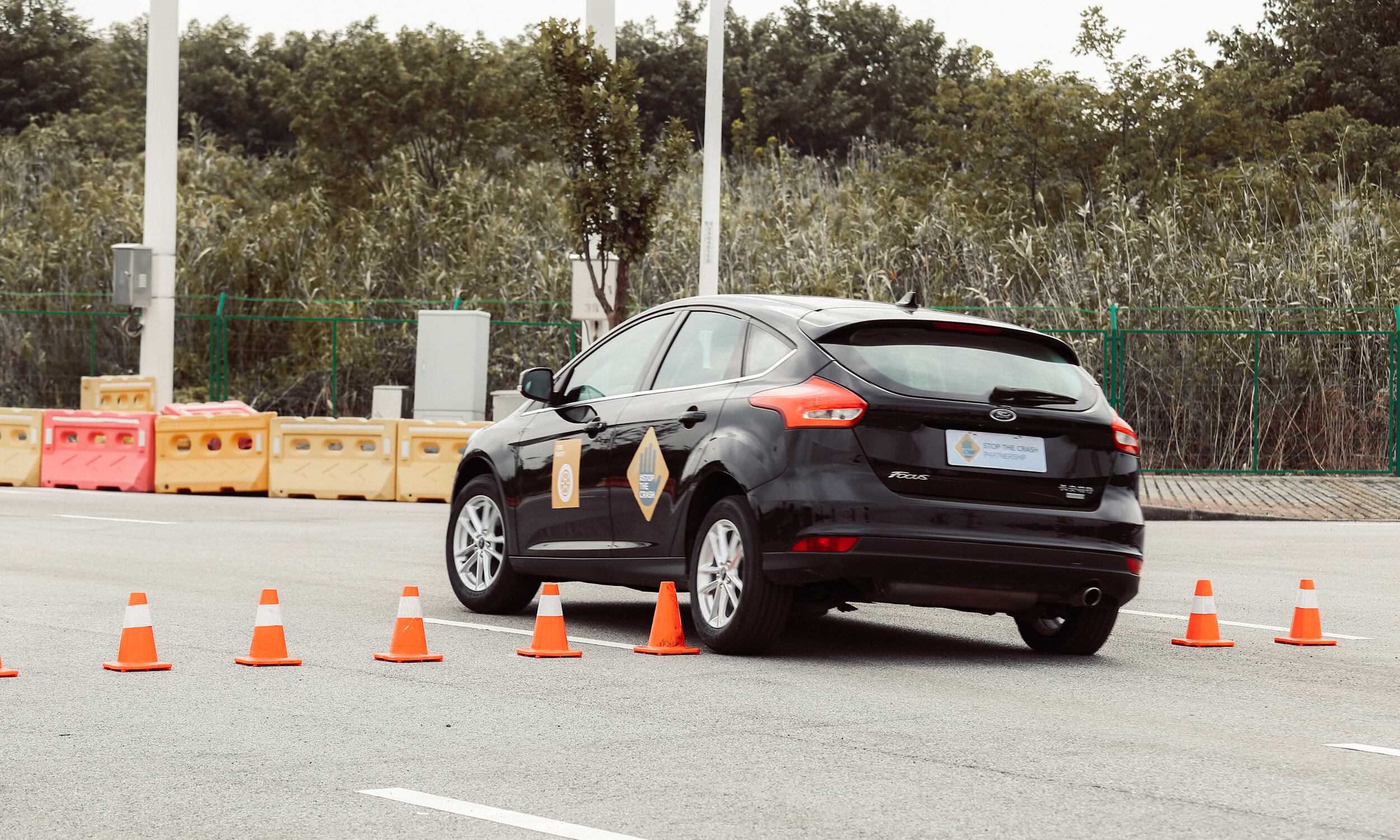Tyre Safety
Tyres are the sole point of contact between the vehicle and the road. All forces transmitted to the road are put down via a footprint no bigger than the size of a postcard. In a critical situation, it is the tyre that determines whether the vehicle can stop in time – or whether it stays safely on course through a corner. This is why car drivers should be aware of the safety benefits of using high-tech tyres inflated to the correct pressure and with adequate tread depth.
Studies from different tyre manufacturers prove over and over again that more than 50 percent of all passenger cars permanently are driven with underinflated tyres. Tests with underinflated tyres show increased risk of adverse safety consequences in emergency situations. That is why it is of crucial importance that air pressures are checked every couple of weeks when the tyres are cold.
Tyre Pressure Monitoring Systems (TPMS) help to permanently monitor a vehicle’s tyre pressure and reliably alert the driver in the event of a loss of air pressure. Legislation in Europe and other countries is already mandating TPMS on all new vehicles since November 2014. Nevertheless maintenance of the correct tyre pressure remains the responsibility of the car drivers themselves.
The safety performance of cars heavily depends on the residual tread depth because it is decreasing in parallel to its wear. While new tyres have a tread depth of about 8 mm the legal limit regarding minimum residual tread depth is not more than 1.6 mm for summer and winter tyres – all over the world.
This is far too low when maximum traffic safety is concerned. Therefore experts of leading tyre manufacturers strongly recommend a minimum residual tread depth of 3 mm for summer tyres due to an overproportional decrease in wet/aquaplaning performance and 4 mm for winter tyres due to an overproportional decrease in snow performance.





